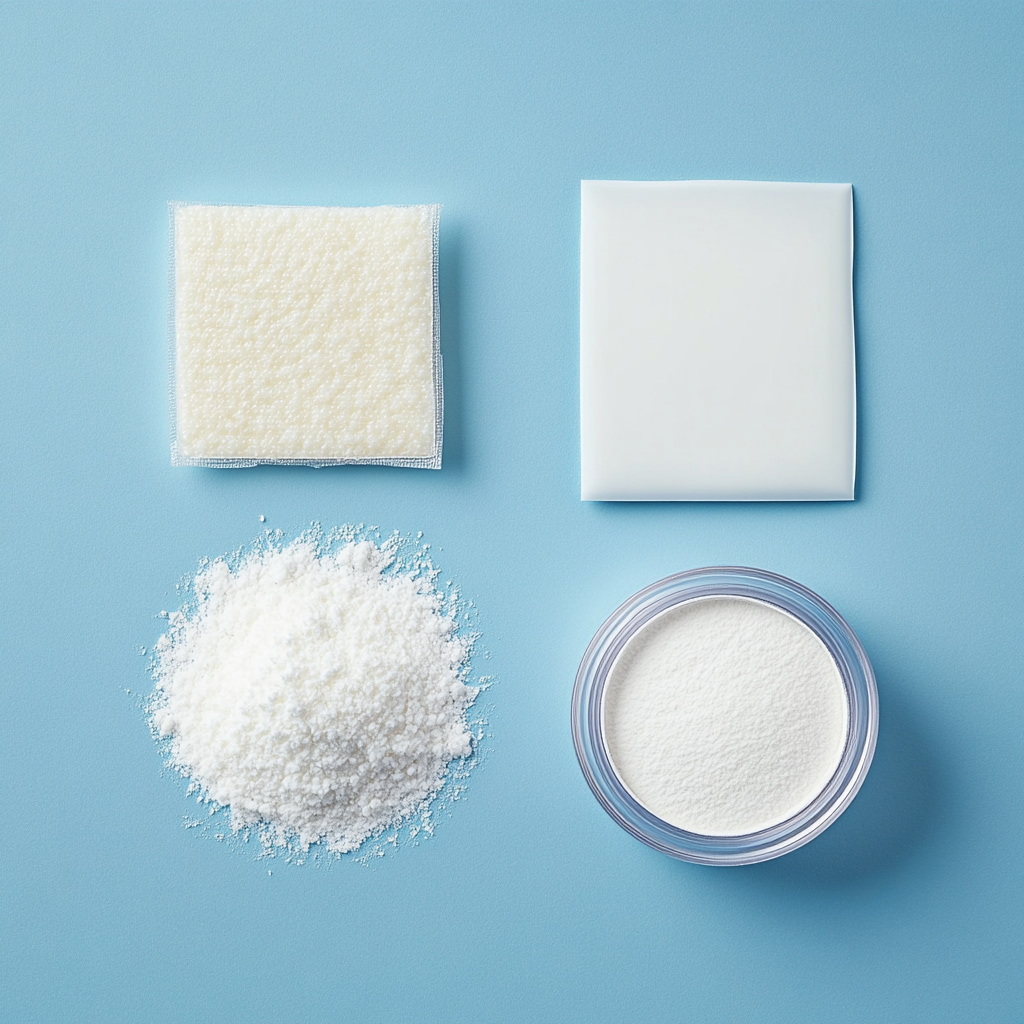collagen dressingswound careproduct comparisonmedical productssurgical dressings
Types of Collagen Surgical Dressings
MedFlow Clinical Team

A comprehensive comparison of collagen dressing types including sheets, gels, and powders - their properties, applications, and benefits for different wound scenarios.
Share this article
Related Articles
Collagen Surgical Dressings in Action
Explore real-world clinical case studies demonstrating the effectiveness of collagen dressings across various surgical procedures and wound types.
Types of Collagen Surgical Dressings
A comprehensive comparison of collagen dressing types including sheets, gels, and powders - their properties, applications, and benefits for different wound scenarios.
